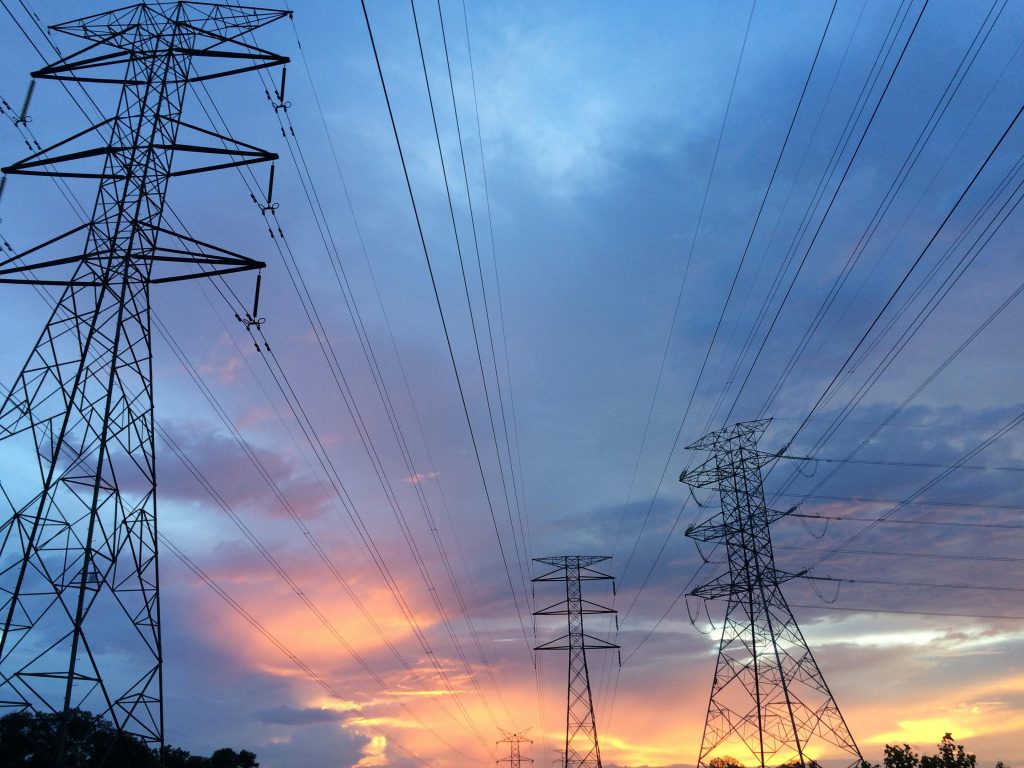Building & Construction

October 21, 2025
Federal oversights put the brakes on solar investment
Written by Greg Wittbecker
The Trump administration’s continued war on renewables has intensified as it ramps up federal oversight of solar projects.
An order by the U.S. Department of the Interior (DOI) has expanded federal reviews of solar and wind projects, compounding existing cuts to tax credits.
The order was issued in July by Secretary of the Interior Doug Burgum and is consistent with the administration’s aim to eliminate subsidies for renewables. All decisions, actions, and consultations related to solar and wind facilities will now undergo a three-tiered approval process.
Federal oversight is not new but will now be more rigorous
At least 69 permitting actions, including rights-of-way applications, leases, development plans, and environmental impact assessments, will be subject to this process. It is not limited to projects on federal lands.
A private power project with a transmission line crossing a stream will need approval from the Army Corps of Engineers. A project located in an area that could impact a species protected under federal law will require an incidental take permit from the U.S. Fish and Wildlife Service, for example.
In a similar move, the Army Corps of Engineers announced on Sept. 22 it will now consider a project’s energy efficiency – the energy generated per acre – in its permitting decisions.
The enhanced environmental review also applies to transmission lines, regardless of whether they are integrated into any wind or solar energy project. However, new transmission line projects already face a tedious approval process for both intrastate and interstate routes.
Big impact to solar in Nevada as utility-scale projects take the hit
Nevada is home to several large, utility-scale solar projects. Esmerelda 7 was earmarked as a collection of seven solar projects, designed to generate up to 6.2 gigawatts (GW) of energy – enough to power 2 million homes.
The federal government had been streamlining the permitting process by grouping the seven projects as one proposal. Developers had planned to use 118,000 acres of federal land in Nevada’s desert.
Last week, however, the DOI’s Bureau of Land Management (BLM) quietly changed the project’s status to “canceled” on its federal permitting webpage.
But Esmerelda 7 may not be entirely dead.
Some developers can submit individual project proposals to the BLM for approval, but shifting the project from a bundled approach to individual site reviews will slow the process.
More than 80% of Nevada’s land is federally managed, according to LegalClarity, and there are more than 33 GW of proposed solar energy and battery storage projects at various stages of development on federal land within the state.
Political and economic fallout
The decision to pull the plug on the project’s permitting approvals drew bipartisan criticism.
“This is how we lose the AI/energy arms race with China,” Utah’s Republican Gov. Spencer Cox posted on X. “Solar with batteries can now be close to baseload power and we should keep these projects rolling until we get the gas/nuclear/geothermal plants we need.”
While the Trump administration has largely targeted wind projects through a series of stop-work orders and cancellations, it has also created additional hurdles for solar developers.
Earlier this year, Trump and congressional Republicans effectively eliminated tax credits for wind and solar projects, dramatically shortening the window in which developers could claim those credits.
Why this matters
The effects of the new oversight process, combined with the reduction of federal tax credits, will significantly hinder solar expansion. The Solar Energy Industry Association estimates 55 GW of potential capacity will not be built between now and 2030 due to these federal actions.
The loss of this potential generating capacity comes at a time when the U.S. can ill afford to delay adding capacity to meet growing electricity demand.
There remains a common belief fossil fuels, particularly natural gas, can fill the gap. However, it has been widely reported that gas turbine production capacity is constrained and lead times are five years or longer.
It seems short-sighted to stall solar development without viable alternatives to bridge the gap in our electricity needs. Americans have largely avoided power shortages like those that occur in the developing world, but at the current pace, we soon face the same risk of routine brownouts.
Steel and aluminum hurt by loss of demand
The reduction of 55 GW of solar capacity will impact both aluminum and steel.
Utility-scale projects rely heavily on steel for ground-mount systems. It is estimated for every 1 megawatt (MW) of generating capacity, 36 metric tons of steel is required. The reduction in solar capacity projected by SEIA would translate to about 1.98 million metric tons of lost steel demand.
From an aluminum perspective, the biggest demand loss will occur in the framing materials, where about 4.6 metric tons of aluminum is consumed per MW. This means about 253,000 metric tons of aluminum demand, primarily in extrusions, simply disappearing.







